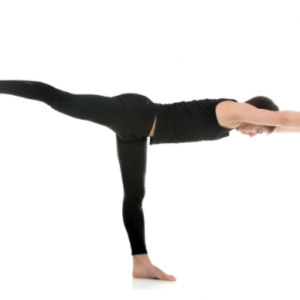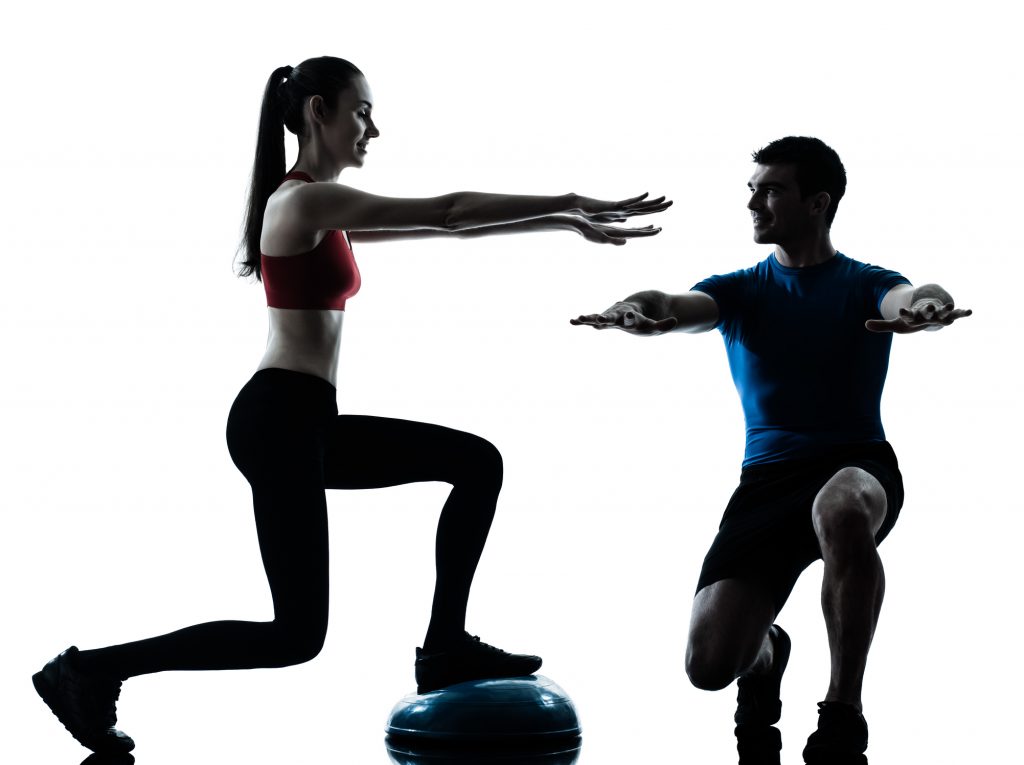HIP PHYSIOTHERAPY
There are many hip injures and conditions that we treat at Pilates4Physio.
Some of the hip injuries/conditions may be sport-related muscle imbalances, structural conditions, running-related or age-related.
Your assessment is the most important start for any hip injury. As there is referred pain to the hip from the sacroiliac joints and the lower back we need to rule in or out these areas as a source of your pain.
We use clinical tests, like manual therapy, to test your lower back, sacroiliac joints and hips to see what is driving your pain. Once we know the source of the pain, then we can look at the mechanics and muscle imbalances that may be causing the pain. Hip physiotherapy assessment needs to be thorough as there is so much overlap with other areas.


SOME COMMON REASONS FOR HIP PHYSIOTHERAPY
Referred pain from back and sacroiliac joints:
Sacroiliac joints can cause pain in the hip. Although these joints do not move very much, they can still be a source of pain. Sometimes a strong movement may sprain the joint and the pelvis may become rotated. In pregnancy, this is more common due to the hormone-related laxity of the ligaments. See our blog on pregnancy here.
There are specific tests that we do in your assessment that tell us if your sacroiliac joints are involved. See our blog on how we differentiate sacroiliac pain from lower back pain here.
Hip Impingement:
Sometimes, in certain sports activities, you may strain or tear the lining of the hip joint. The lining of the joint is called the labrum. This can cause pinching and pain. If we think you have this injury we will likely refer you for imaging. An MRI and x-rays should be performed. Sometimes there are structural conditions in the hip joint that predispose to hip impingement injuries. Surgery is not always necessary. Modifying your mechanics and correcting muscle imbalances can solve the problem.
Muscle Strains:
Common muscle strains include the hamstrings, quadriceps and adductor muscles and hip flexors. There may be different causes why these muscles are injured. Muscle tears are common with sports injuries. Sudden stretch or strong loading can also cause a tear.
Tendon Injuries:
These injuries can occur in the hamstrings, adductors and quadriceps. These are also caused by overloading or an extreme stretch. Sometimes muscle balances can cause one muscle and its tendon to become strained and painful.
Groin Strain:
A gross strain is a common injury where the adductor muscles or hip flexors are over-loaded. Either the tendon or the muscle is affected. It’s essential not to overstretch the muscle tendon. Clinical tests will tell us which muscle and tendon are affected.
With all of these injures, the mechanism of the injury, the area of pain and specific clinical tests in the assessment will tell us which one is injured. The pain level and time since injury will determine the initial treatment.
Hip Replacement Rehabilitation:
This is a very common surgery we provide our services for. There are specific protocols to follow after the surgery. Certain movements and activities have to be avoided. We can work with your surgery protocols and get you fully functional again. Our physiotherapists have worked in post-surgical care in hospitals and understand the rehabilitation for hip replacements.
SOME EXAMPLES OF HIP PHYSIOTHERAPY TREATMENT PLANS:
Treatment will vary depending on the type of hip injury. Every situation is different based on how you respond to pain and injury. Here we group our treatments into three main categories. The injuries above will fall into one of these three approaches, with some variation for each person.
- Hip Strengthening Plans with Pilates and Physiotherapy:Most of the current research suggests exercises for most muscle and hip joint injuries and conditions. Muscle strains, tendinopathy, and muscle imbalances will need a graded exercise program. The Pilates exercises are ideal as they allow the leg to be supported while working against resistance. As the hip is a very mobile joint, working on strength-through-range is also essential. The Pilates equipment supports the hip joint so you can strengthen the range without causing a flare-up.
- Hip Replacement Rehabilitation:We work with your surgeon’s hip replacement protocols. You can still work on your hip strength and mobility while observing the initial restrictions. Once your surgeon has given the go-ahead for no restrictions, we can progress you to full functional activities such as walking, taking the stairs and getting up and down from sitting. We also guide you with weaning your cane and walkers.
- Hip Physio for Pain:A common painful condition is hip impingement. This may involve a labral tear found on an MRI. If surgery is not indicated, we look at the muscles imbalances that may be exacerbating the problem. Some muscles may have become short and tight, while others may be weak. Sometimes mechanics may play a role in your sports. We use Pilates-based exercises to restore correct muscle control. This will help to manage the pinching in the joint. Pain is treated with gradual re-loading of the hip joint which creates the environment for healing.

FREQUENTLY ASKED QUESTIONS
Do I need an x-ray and an MRI for hip injuries/conditions?
Not necessarily. It depends on the type of injury and how it happened, plus your pain level. Age is also a determinant. After your assessment, we will let you know if a referral to your GP is necessary for imaging.
Are there any serious conditions that might be causing my hip pain?
In your assessment, we ask specific questions about your pain and the mechanism of injury. This will tell us if we think there is something more serious to look at. We can refer you to a sports doctor or your GP with a brief note explaining our findings.
When can I return to regular activities and sports?
This all depends on the type of injury. There is always a period of rest from the sport while you work on rehabilitation. There are lots of activities that you can do to maintain your fitness level and strength. Our long-term goal is always to get you back to your activities and sports. Most of the time you can gradually return, with modification, while the hip is still healing.
